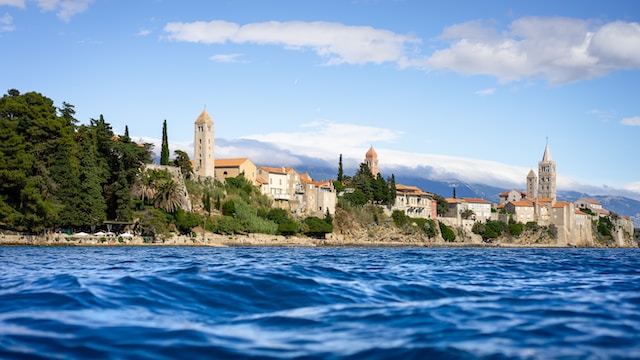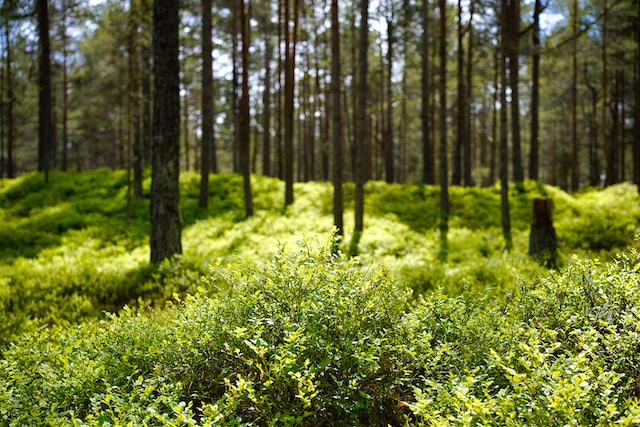Austria is a small landlocked country in Central Europe, and despite its size and lack of seaports, Austria has a stable and flourishing economy. For the right kind of investors, Austria offers amazing opportunities and benefits. The biggest benefit is the eligibility to fast-track citizenship.

Austria ranks among the top 20 countries based on the Foreign Direct Investment (FDI) confidence index. The FDI currently stands at US$ 14 Billion (approximated) as of 2020. In this article, we will explore various investment opportunities ranging from the safest low yield to the ones that are riskier with high yields.
Saving accounts investments
Saving accounts are considered to be the safest among all other investments. The yields are stable and guaranteed by the institution (banks/investment institutes). A safe investment has a low yield, and the total impact can only be viewed in long-term profits. Additionally, the principal amount has a stipulated time to maturity; meaning that once the amount is transferred into a saving account, it has to sit in there for a certain number of years before the amount wholly or partially can be withdrawn. In case the amount is drawn before maturity, a penalty may be imposed.
Pension Investments
The pension system in Austria can be categorized into three types. First is the state pension, which applies to people employed in a state institution. Then there are occupational and private pensions as the second and third types respectively.
The nature of pension funds can be either contributory; where the employers contribute a certain percentage that matches the contribution of the employee. Whereas in non-contributory pension funds the individual opts to buy pension funds by contributing a flat rate each month for a stipulated number of years. Pension returns are dependent on the longevity and rate of contributions.
Property investments
Real estate investment is another area that promises good yields. Over the last decade, real estate property in Austria has risen, yet is still within reach of the middle-tier income bracket. A two-room apartment in Austria can roughly cost you around EUR 250000; the rental on the same may be set at EUR 800 to 1100 per month (including basic utility bills & moderately furnished). Annual income from this type of apartment is estimated at EUR 10000 – 12000 and the increase in real estate over time is estimated at 7-8% per annum.
After investment in saving accounts, real estate may be the safest investment option that offers decent yields, however not as stable, as the rentals, and property prices are influenced by many market forces.
Business investments
The three key driving factors of the Austrian economy are the services sector (68%), manufacturing (30%), and the agriculture sector (2%). As evident from these figures, the service sector is a flourishing avenue for those who can offer value. For instance, tourism, financial, and IT services are in-demand and offer high yields, however, competition is tough in these areas which increases the risk factor.
Investment funds
In layman’s terms, an investment fund is where a company or associates take your money and invest it in a portfolio. The portfolio may consist of bank investments, commodities, shareholdings, exchangeable securities, futures, housing, real estate, and various other avenues where the stakes are usually so high that an individual or one company is unable to risk.
Investment funds create the possibility for individuals to invest in long-range, high-risk, and high-yielding areas. The risk factor is mitigated by constructing a portfolio that decreases the loss impact from one or more investments by profits earned from other investments.
Stocks & shares
Buying shares of a company makes you a partner in the company to the extent of your shares. The two ways to earn from buying shares is that you buy a certain number of shares of a company that is performing well in its area of business. The profit and loss statements indicate positive numbers and the future of the service or commodity the company deals in, shows a promise of growth. Such companies pay dividends annually to all shareholders.
The other method is buying the shares of the same company and selling them when the stock market rises in volume, increasing the worth of shares. This is known as trading.
Trading is risky, probably the riskiest of all investments discussed here, however, the profit margins are next to none. Over a short period, any company shares can sky-rocket and the thousand Euro shares you were holding an hour ago, maybe converted into many thousands in the blink of an eye. The most recent example is the increase in the price of Bitcoin when a few dollars Bitcoin went up to thousands of dollars within a week.
Renewable energy
The other area to look for investing in is the renewable energy sector. The entire country is undergoing a shift from conventional energy to renewable, and thus a large investment is required to complete the transformation. The government in Austria offers subsidies and leeway for foreign investors and fast-track solutions to expedite the process.




